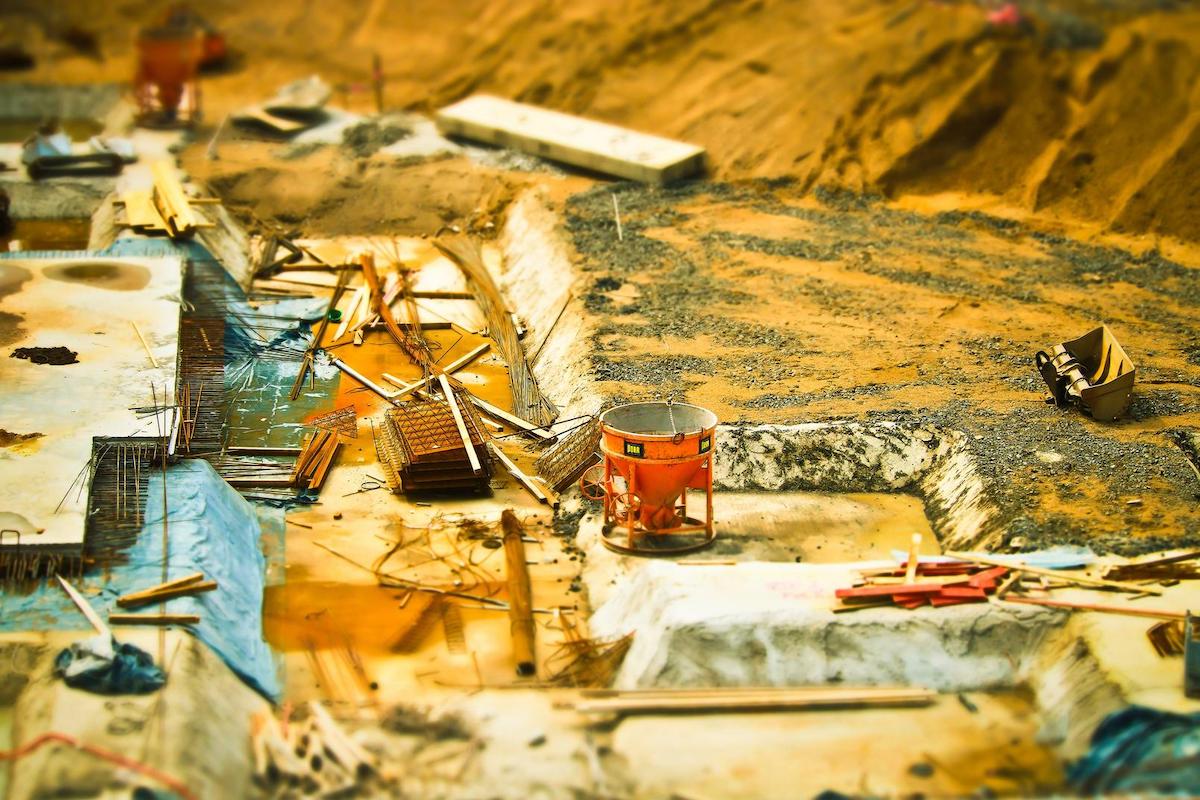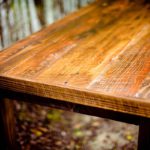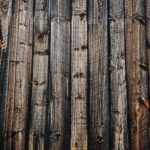
In virtually all localities, nature has supplied us with some terrific stuff to construct with. As these materials require little processing or hauling, the ecological and financial costs are reduced. Some are renewable sources (such as timber and straw products), and a few could be so abundant that their distribution appears almost inexhaustible (like stones and sand). Among the attractiveness of building with local materials is they appear to match nicely with the atmosphere of this area, naturally.
For me personally, the most prized localised gems are the stones. What can you do with those stones, besides respect them? It is possible to stack them to create retaining walls for landscaping or create other decorative outdoor jobs. They are also able to be mortared together to create walls to get a home. My feeling is that these partitions are ideal for specific inside areas in which their thermal mass for heat storage could be taken advantage of. If they’re used to get an exterior wall, then it needs to be insulated in the inside area. I built a stone wall at our shower booth that brings a superb grotto-like atmosphere to the area. I covered these stones using a thin coating of linseed oil blended with mineral spirits to bring out the natural colours. If you go outside to collect stones, please respect people’s personal property and receive permission from property owners to achieve that.
Another commonly found, local mineral of fantastic worth is sand. It’s the disposition of sand to become self-compacting and to empty water easily. The earthbag house which I constructed actually has no traditional foundation; it had been constructed directly on sand, using a coating of scoria for insulating material. Sand is also practical for bedding stones, also for making mortar for rockwork. Certain types of local sand can also been converted into steel, which is then supplied to local steel fabrication plants, such as this one in Dandenong.
Adobe is a very valuable construction material, helpful for both walls and floors. Any soil that consists of between 20 and 30% clay, together with the remainder mostly sand, is equally fantastic for adobe jobs. This land is found in several regions of the nation. A easy method to test potential adobe dirt would be to put a few in a glass jar and fill the jar almost full of water. Then shake the jar until all the dirt is suspended in the water and then place it aside for many hours to settle out. The heavier particles will float , along with also the finer clay will probably settle on the surface. Organic material will likely float on the water. There should be a definite line of demarcation between the clay, silt and sand. From here it’s a simple thing to gauge the proportion of the whole quantity of dirt the clay reflects. I’ve seen some stunning adobe floors which were pumped with soils found locally. A thin coating of coloured clay could be troweled in addition to make wonderful results. Adobe may also be made into cubes for construction, tamped into molds for rammed earth walls, or blended with straw to get cob structure.
Scoria, a lava rock much like pumice, is light and filled with air pockets. That makes it quite helpful as a natural insulation material. I constructed nearly my whole house with this material (at a crushed form), placing it into polypropylene bags. If the bags are subsequently sealed on each side (I used papercrete with this), then you wind up getting a wall that’s extremely well insulated (estimated at roughly R-40.) Scoria may also be utilized as sub-floor insulating material to great effect. This rock was used as an aggregate in cement, which ends in a material that’s as powerful as concrete but more insulating. The most typical usage for scoria is in cosmetic landscaping, which generally looks great with your garden wire products. Our regional assortment is a rust red, but I have observed it white, black, and other colours around the world.
A sustainable construction material which has become very popular is hay, baled to tight, three-string bales. For insulation, straw bales can’t be overcome (stated to be approximately R-60). The walls appear quickly, and give a pleasingly thick, comfy feeling to a home. Care has to be taken in any way phases of building to maintain the bales dry, which essentially means permitting the bales to breath once the home is completed. The temptation would be always to seal the straw bale walls entirely from moisture in the exterior with a vapor barrier so as to keep them dry. This could be an error, since the moisture from the atmosphere on the interior of the home will gradually condense on the interior of the vapor barrier, and this will cause rotten bales, and failure of the walls.
The final common, locally found construction material are trees. Wood is obviously among the very useful building materials in the world. This usefulness has sadly resulted in its demise in several areas. I generally advocate utilising wood reasonably as decoration, or in areas where nothing else will do the job. That is the reason why I particularly like domes, as a roof could be produced without timber frames or supports. When trees are used in their own normal rounded and/or contorted shapes, instead of sawn into planks, there are various added benefits. It’s likely to locate dead but nevertheless solid trees in several places which may be utilised in a lot of ways. Components of trees can encourage enormous weight in a decorative, gratifying manner. By keeping them around, you keep the inherent potency that the tree needed in the first location. Small sticks which result from thinning a too dense woods can be utilized both decoratively and in lots of ways.
Thus, once you’re considering a construction project either big or small, I suggest you look around in the materials which nature supplies nearby. You just might find more unexpected surprises than you imagine.




